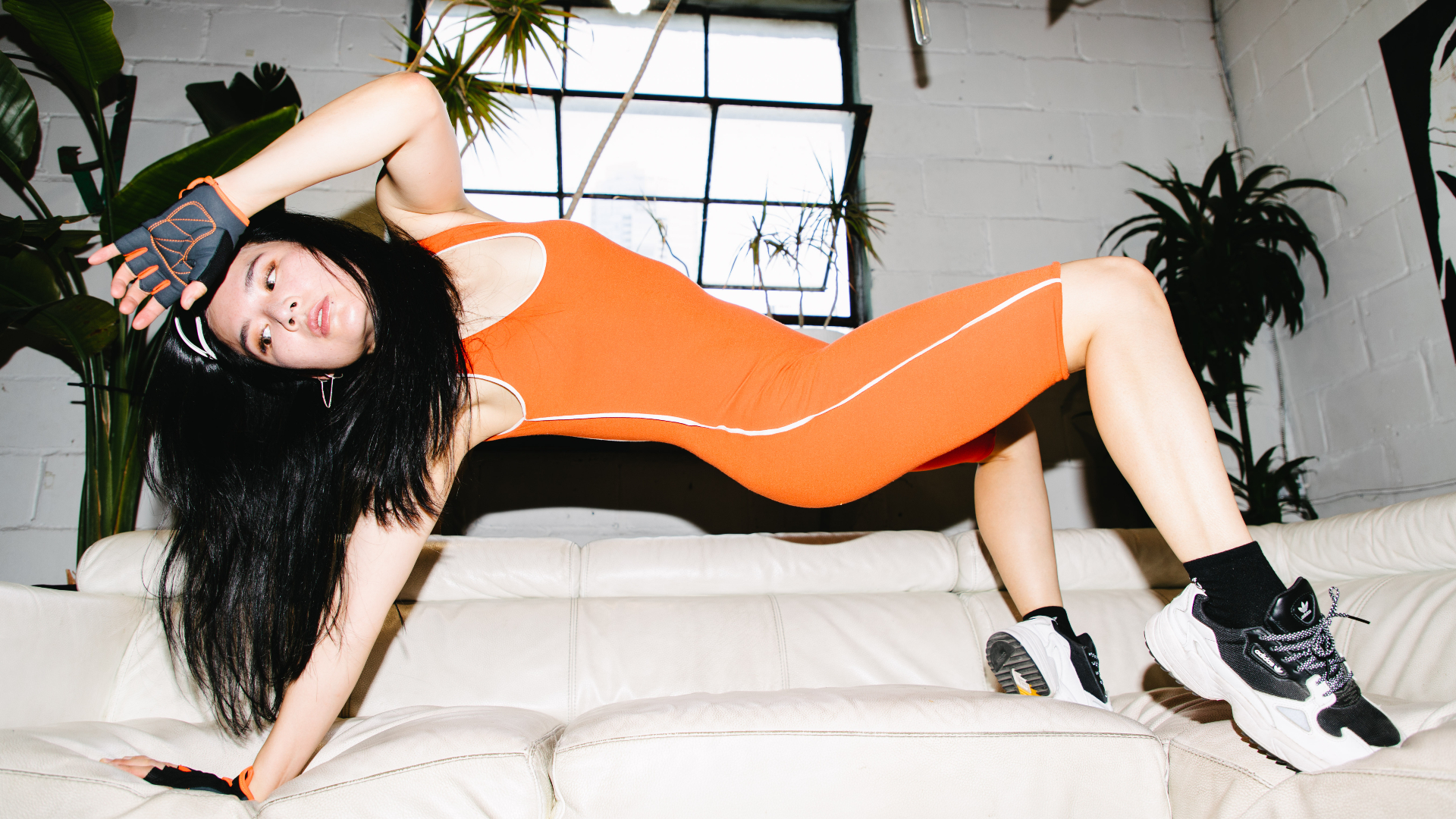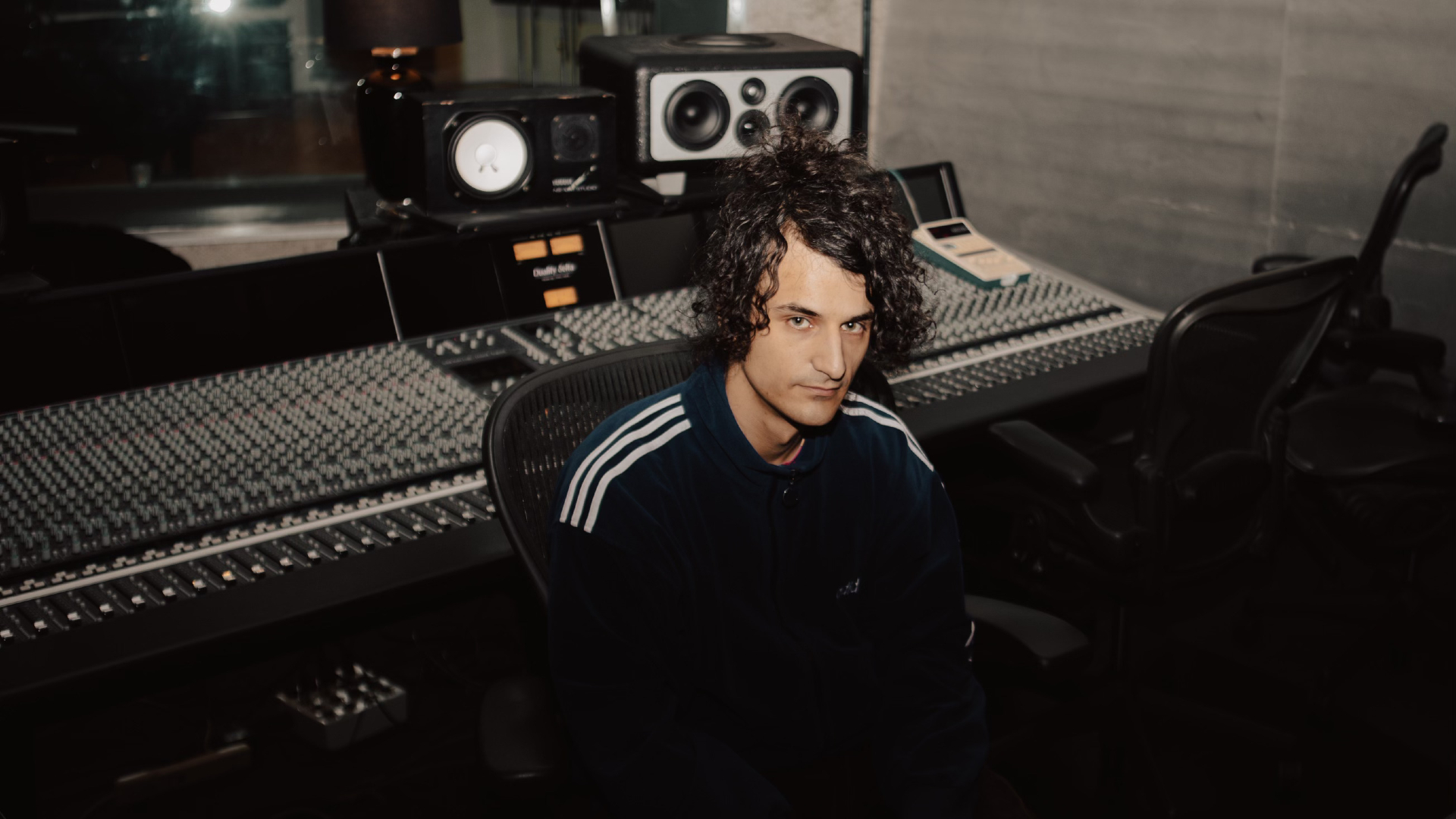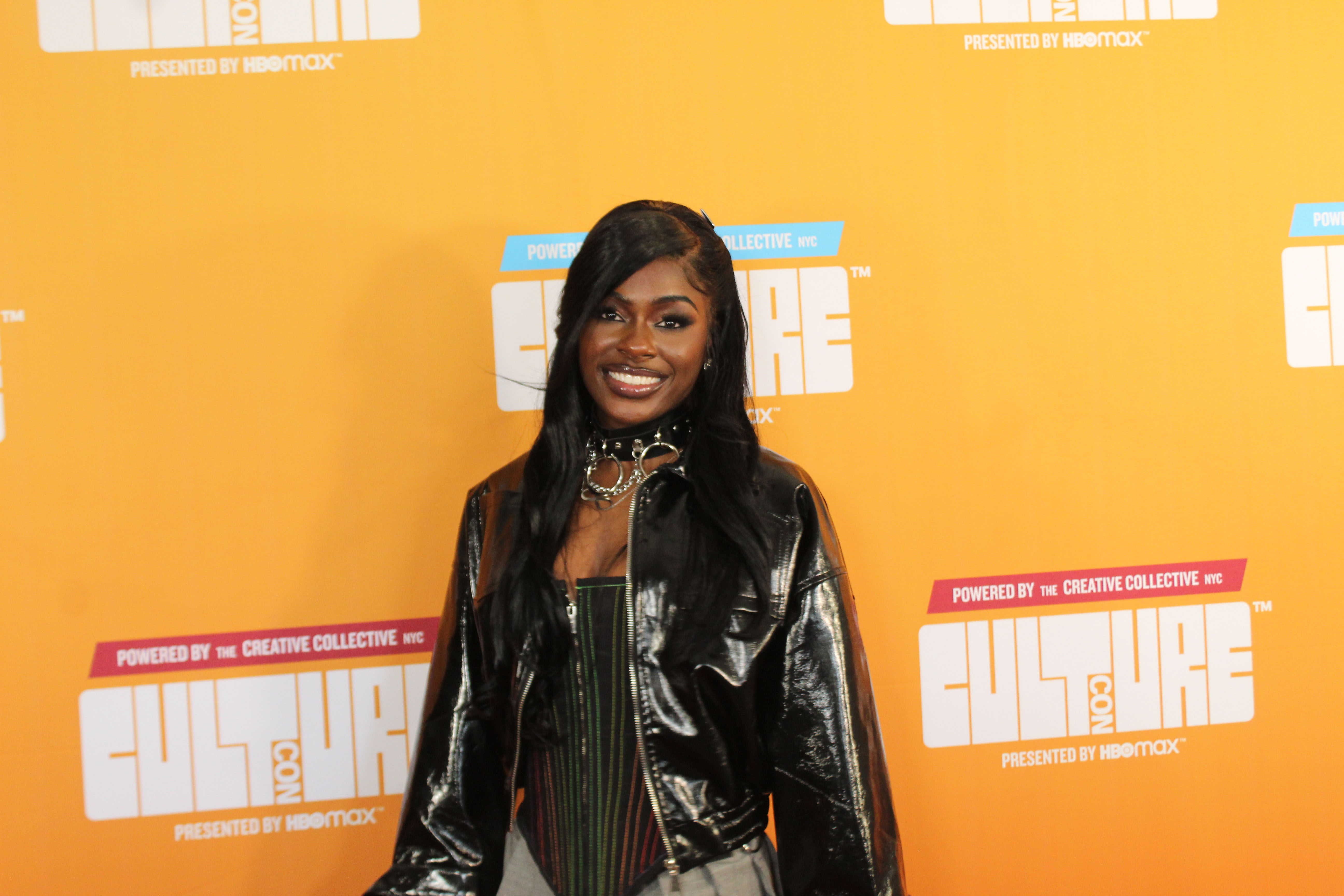
interviews
How Underground Halifax Rappers DK and Ghettosocks Wooed the Legendary CL Smooth
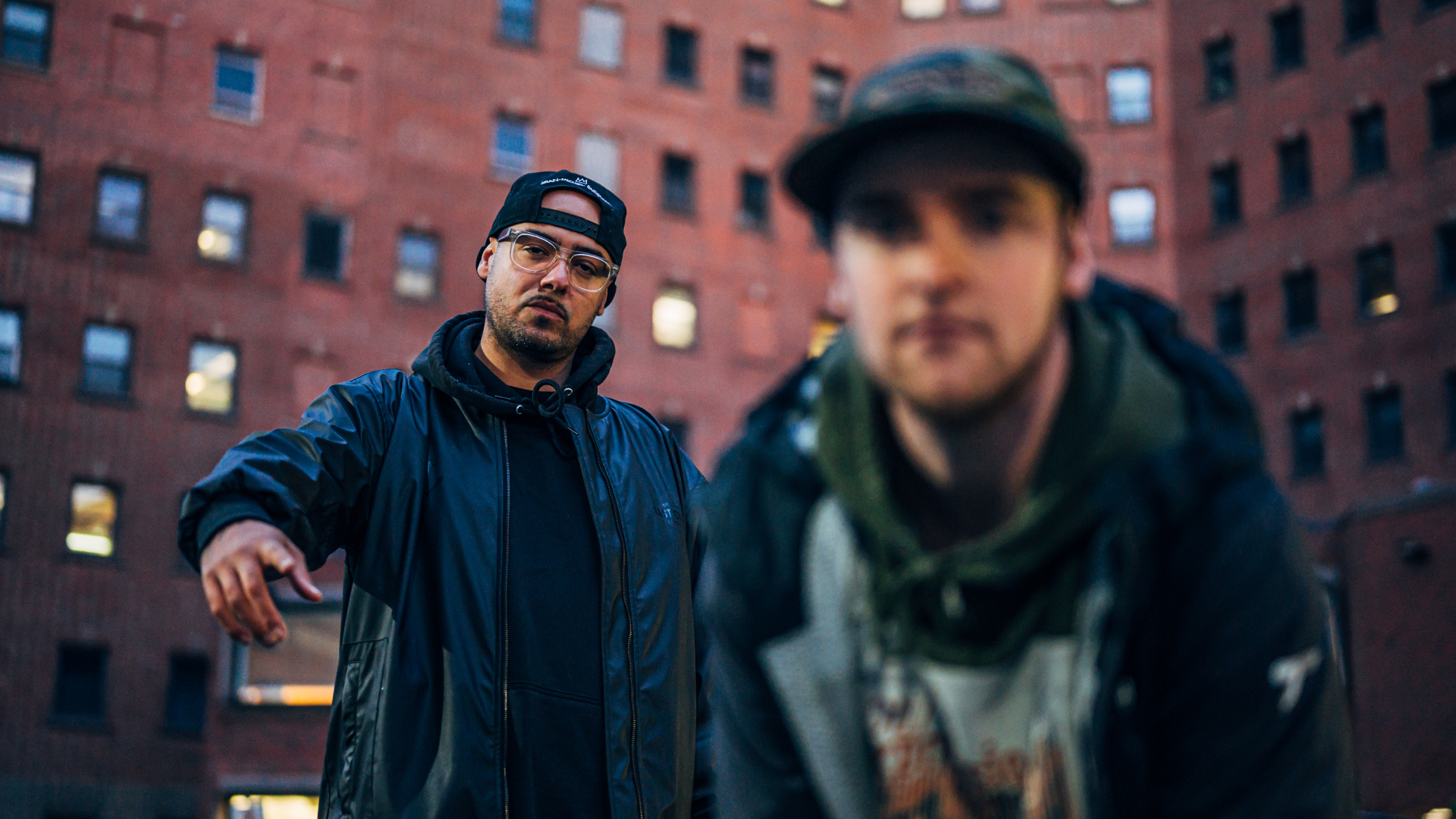
0161 Rising: [ K S R ] Talks UK R&B, Manchester’s Creative Scene, and New Balance’s ‘Grey Day’

“I’ve been living a dream! I’m now in a world that I used to think was so far and distant but it’s really at my feet right now.”
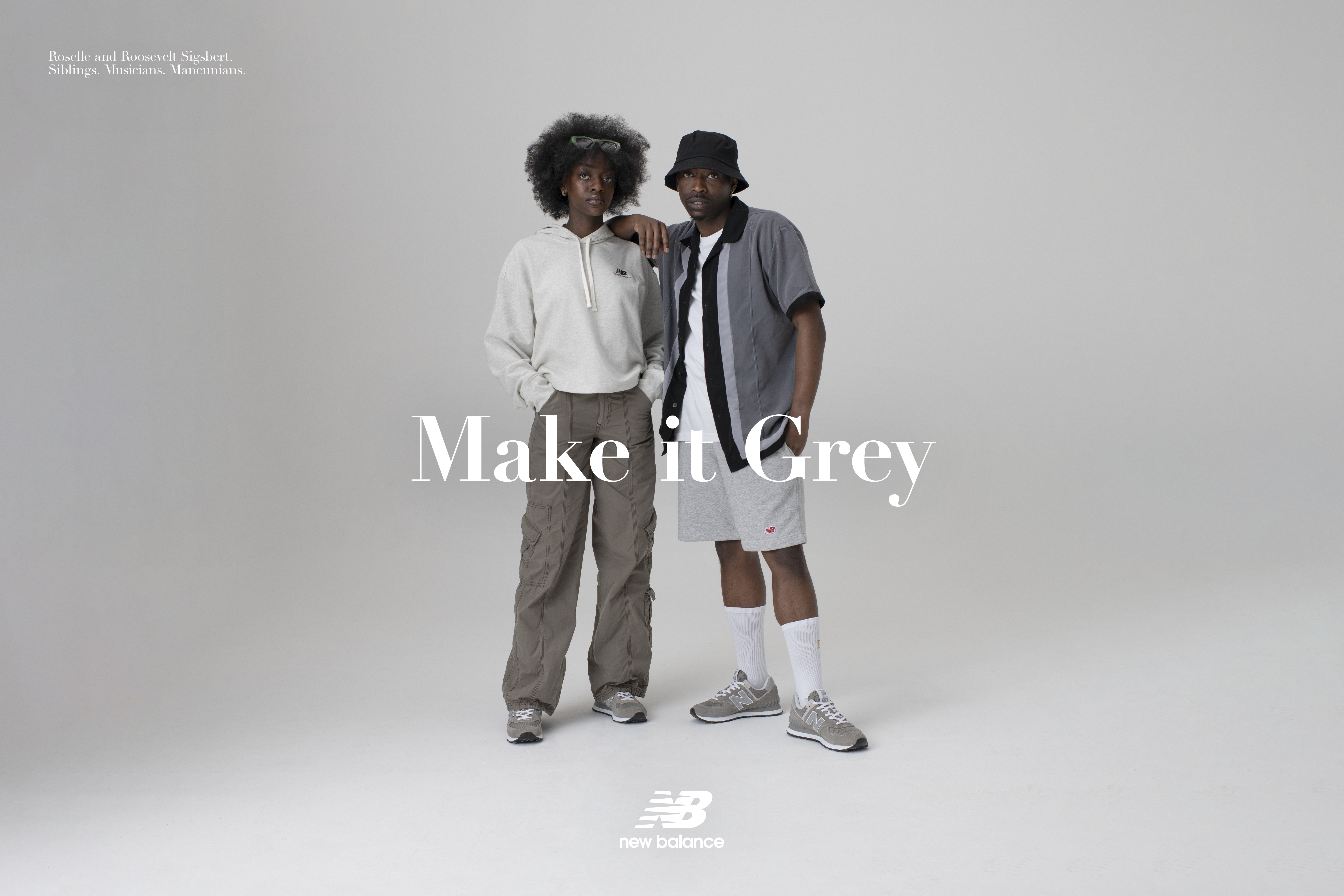
COMPLEX: You’re from Manchester, right? How was it growing up there, and how influential was your community there in informing your growth and who you are today?
[ K S R ]: Being from Moss Side has been integral for me. My upbringing has been so different from other people, having seen some of the things I’ve seen, like friends dying, getting hurt… I’ve seen a lot but never wanted to be involved. I was always the guy that just wanted nothing else but to do music. A lot of the time I was looked at like an outcast—I was the one always singing instead of spitting—but I don’t think that hindered me in any way. It just made me want to explore the world differently. I don’t know if it would’ve happened the same way if I wasn’t from where I’m from. It really informed me and my music and my ability to find a path for myself.
What immediately comes to your mind when you hear the name ‘Manchester’?
Home. Nothing more, nothing less. My parents are from Tanzania but I see Manchester as my true home. Whenever I go away, I get homesick so quickly because it’s the hub. It’s a happy place.
What would you say is unique about Manchester—both in everyday life and in terms of music?
I genuinely believe it’s our charisma. Mancunians are very different. Like, we value time so things are a little slower, very chilled, and we’re a lot friendlier [laughs]. I think that’s what makes it different from any other city. With the music, there’s such a big support system. I’ve gotten so much love from those artists that laid the groundwork for Manny, like Children Of Zeus, and we’re all getting so much attention now. We’re all willing to help one another, and the city backs all of us. It’s a wonderful scene right now.
From your perspective, how has the Manchester music scene changed since you came into the game? Has it changed at all?
Generally, it’s harder to source the real gems. Like vocalists, for example, it’s harder to come across those truly unique voices but when you do, you want to support them as much as possible. But it’s hard because the game is so saturated and it’s hard to keep up. Maybe I’m not looking in the right places, but music is always evolving. With Manchester, it’s so diverse—we have Abnormal Sleepz, LayFullStop, IAMDDB, KinKai, and we all have unique voices.
Growing up, who or what influenced you musically?
From the top of my head, as a kid, I remember listening to a B2K album religiously, then there was Adele, Beyoncé, Michael Jackson, Bruno Mars. Then, for some weird reason, when I was 13, it just switched and I was listening to D’Angelo, Miguel and Etta Bond. When it came to my writing, I really studied Etta Bond and D’Angelo—they made me really want to understand how to be an artist and how to pull in the listener and sway their mood. Understanding the feelings that you’re trying to portray and executing it.
What was the one song or album that inspired you to want to make music?
D’Angelo’s Brown Sugar was the one that made me want to make a project and something that had a similar feel to it. Not the exact type of sound but a similar vibe to create the feeling I had when I first listened to it.
“With New Balance, it’s about being yourself. That’s what I take from the brand. They appreciate the fact that I am who I am and I’m not trying to force anything that’s not me.”

How would you describe your sound to someone who hasn’t heard it?
I couldn’t tell you. The generic answer would be that it’s very smooth, angelic and mysterious. You don’t know what you’re gonna get until you’re deep into a project, but I’d say I’m very diverse. I’m on R&B, drum & bass, funk—I’m very much vibrant. I wasn’t always confident hopping on other sounds, but hearing people respond positively has helped a lot. Now, I’m not willing to say no. I’m open to all types of vibe.
How have you found your musical journey so far?
I’ve been living a dream! I’m now in a world that I used to think was so far and distant but it’s really at my feet right now. With the release of Peace + Harmony, seeing everyone respond positively has been such a blessing. I don’t wanna look at anything too negatively because, at the end of the day, I’m still here. I’m still breathing. I’m able to share my music to thousands of people, do a headline show in my hometown. But at the same time, I’ve been working hard for this.
Musically, what do you have coming up that the fans should be looking out for?
I’ve been taking in this new Kendrick Lamar album, Mr Morale & The Big Steppers, and I’ve just gotten a rush of inspiration and creativity. So there’s definitely going to be more music—I’m working on a lot of stuff. There’s gonna be more shows as well. But I’m no real rush to release anything; I kind of just want to embrace life right now. I’ve been working really hard so I just want to hibernate and appreciate my wins. I find that hard to do, but I have to sometimes.
Now, let’s talk style. How would you describe yours, and does it change when you’re performing?
I’m a very simplistic guy. You’ll usually catch me in a black or white tee, probably some oversized joggers or jeans, and that’s basically it. I’m not a flashy person—I’m not really into designer either. I don’t really believe in it too tough. Like, why would I spend seven bills on a hoodie or a pair of trainers? My account ain’t that big [laughs]. When I’m performing, my style definitely changes. That’s more down to how I’m feeling at any given time. As of late, I’ve been feeling the colour green a lot. I wore green trousers at my headline show with some New Balance 650s. That was the vibe.
Is there a distinct style in Manchester? If so, how would you describe it?
You’re asking the wrong guy [laughs]. But I doubt it. I wouldn’t say there’s one way Mancunians dress. There are so many distinct styles and influence from all kinds of styles.
Tell us about your relationship with New Balance and how it came about.
It was very natural. When I was creating Peace + Harmony, they wanted me to record visuals of the process of making a song, from writing to recording it. We used “Lily Apart”, which is already quite a deep song for me—a very personal one—but it needed to be out there. New Balance wanted to use that song [for the visuals] and everything kind of built from there.
New Balance have been making a lot of moves lately. How do you see the brand, and how does what they’re doing fit with your own values and style?
With New Balance, it’s about being yourself. That’s what I take from the brand. They appreciate the fact that I am who I am and I’m not trying to force anything that’s not me and they encourage it, they want to see me grow. Working with them, even though they market the shoes how they do, they allow me to style the shoes in whichever way I want when I post about it and I appreciate that a lot because that doesn’t happen often at all. I love that about working with them.
Why do you think people have gravitated to New Balance so much over the years?
I think it’s the versatility of the shoe, seeing how often it changes and how often it fits with so many different styles. I have the 650s and I’m not even a mid guy like that, but I put them on and they go together with so many of my fits, so it boils down to the fact that the shoes can go with anything and everything.
What are your favourite New Balance sneaker styles?
Right now, the 650s are definitely up there, the 550s are up there too. The 2002Rs are fire! I’ve been on New Balance’s case to get me a pair of those [laughs].
What was it like shooting this new campaign?
The shoot was a great experience, for not only myself but my sister too. Having my sister alongside me on the shoot was definitely something I wanted to do, so I’m just happy that we were able to get it done with New Balance.
Have you had any dealings with any other Grey Day talent?
On the day of the shoot, I chopped it up with Harvey Elliott for a bit, about music and life. I gave him a vinyl for Peace + Harmony and it was a proper good conversation.
What are your hopes and plans for the future with New Balance?
I’d definitely love to continue working with them. They know I’m always around and open to whatever they see for me. I think they feel the same about me.
For more info on New Balance’s Grey Day 2022, head here.
Stephen Hero Is Speaking for New Brunswick’s Working Class
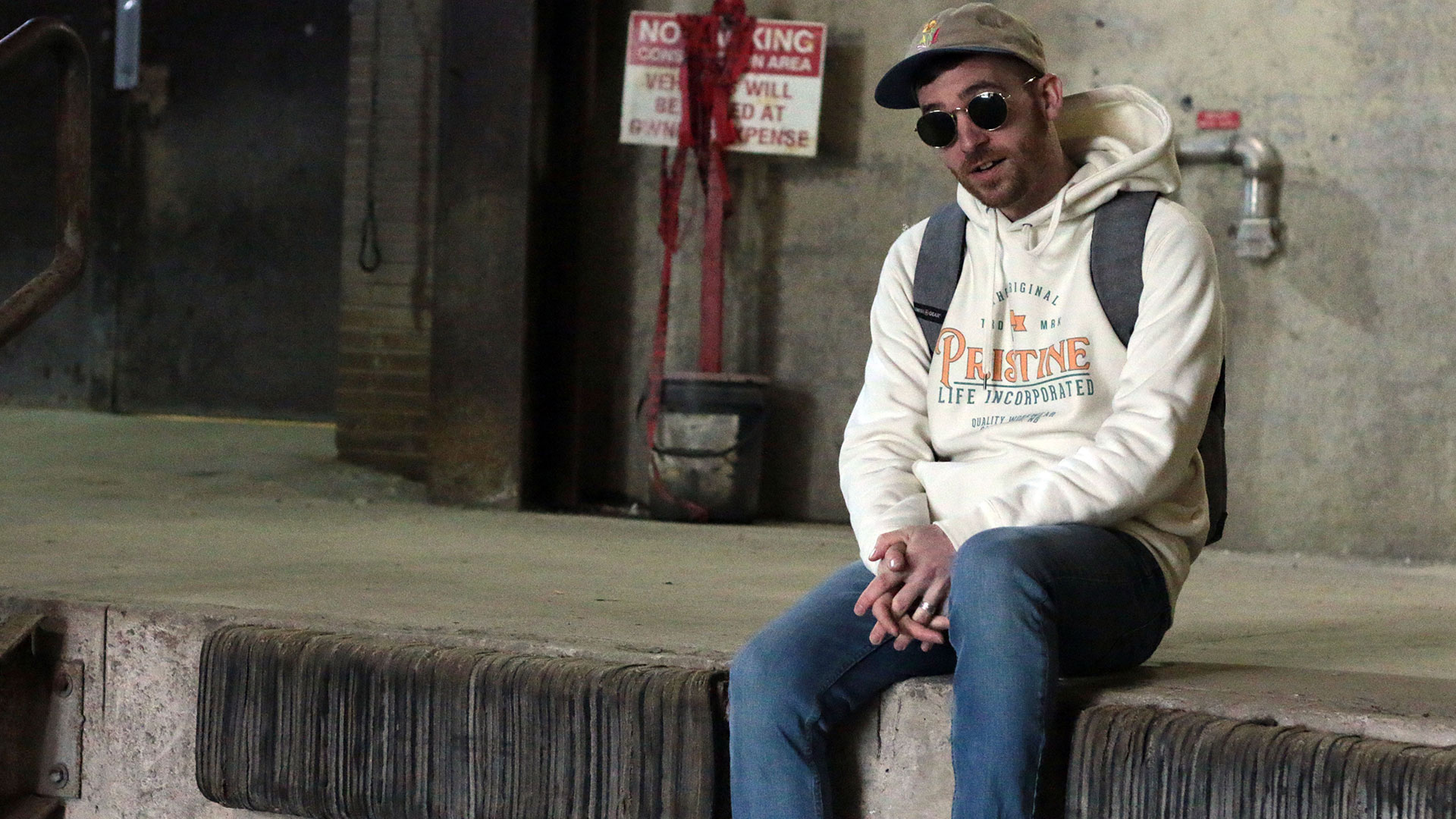
Kamal., Harlesden’s New Pop-R&B Promise, Is Ready To Up The Stakes
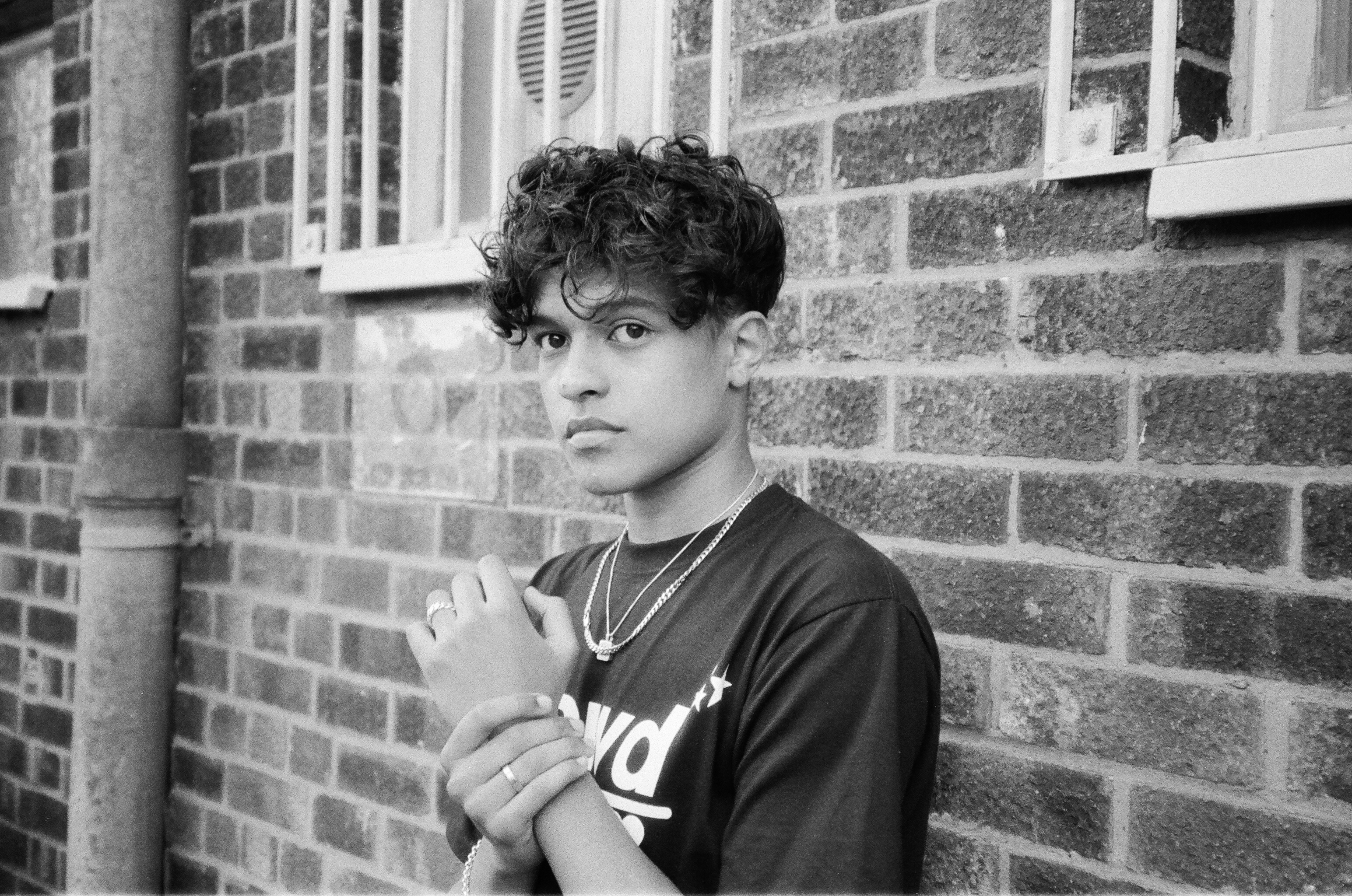
Mustafa Shared the Spotlight With His Regent Park Community at the 2022 Junos
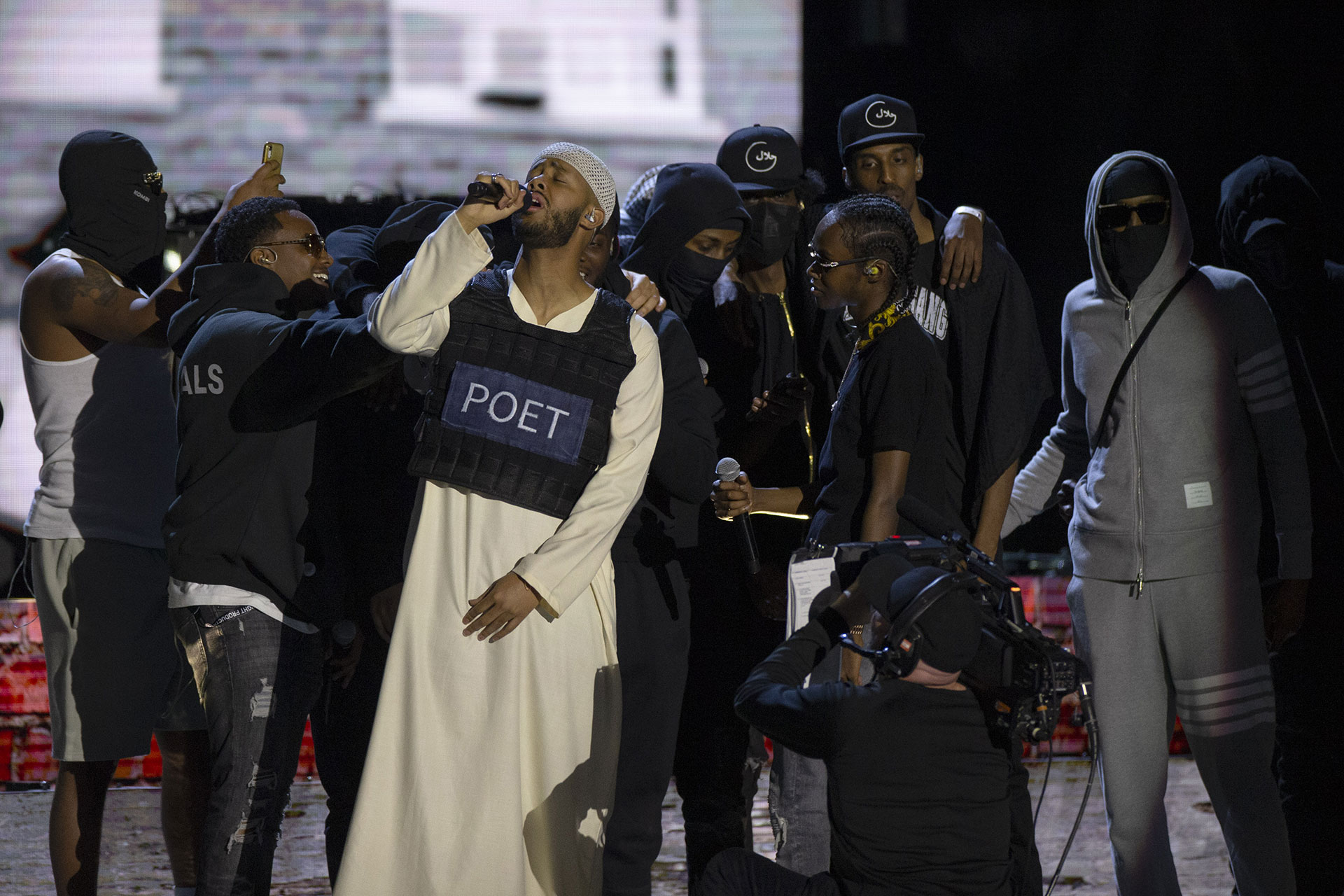
The Last Two Decades of Canada’s Music Scene, Through the Lens of Norman Wong
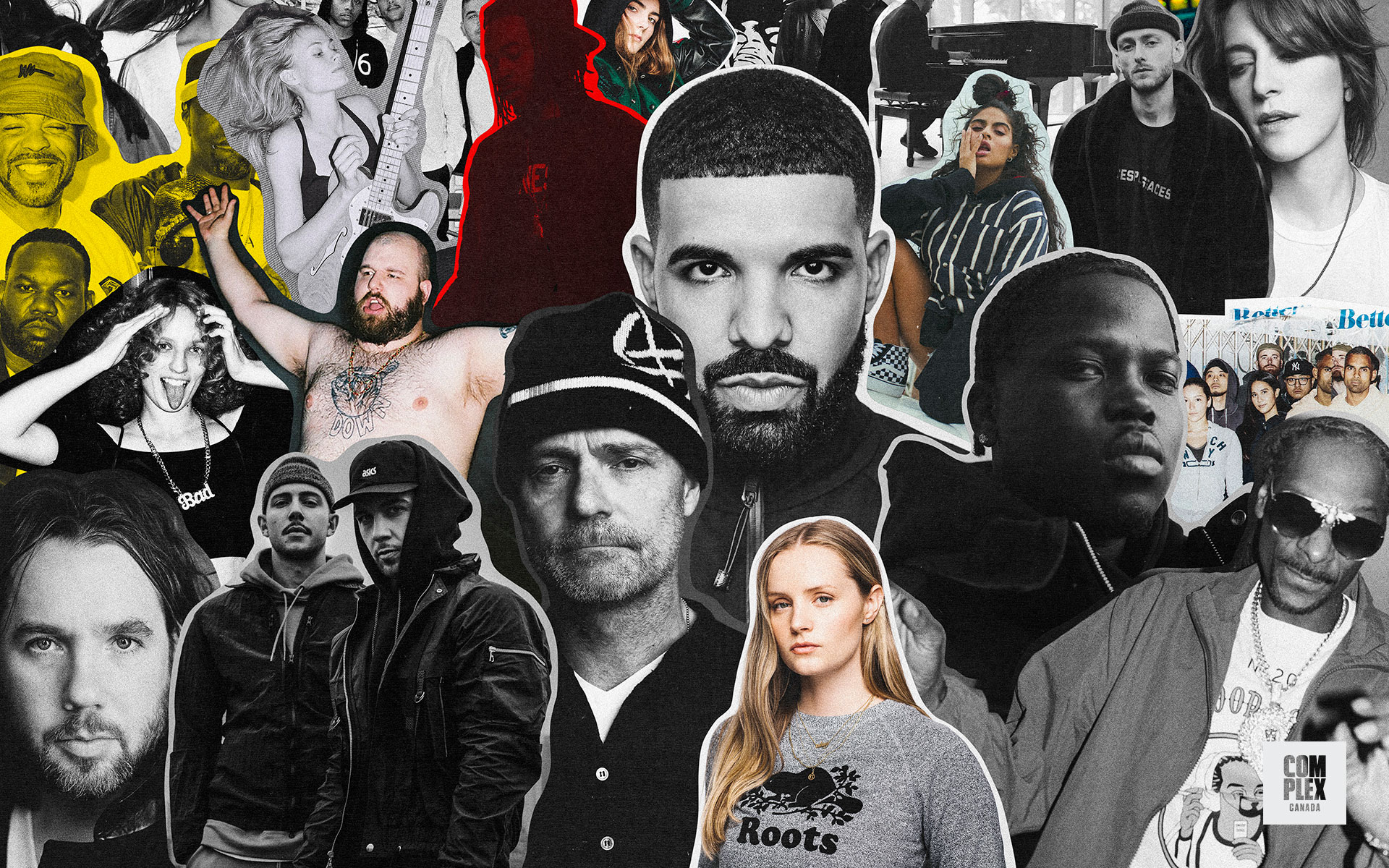
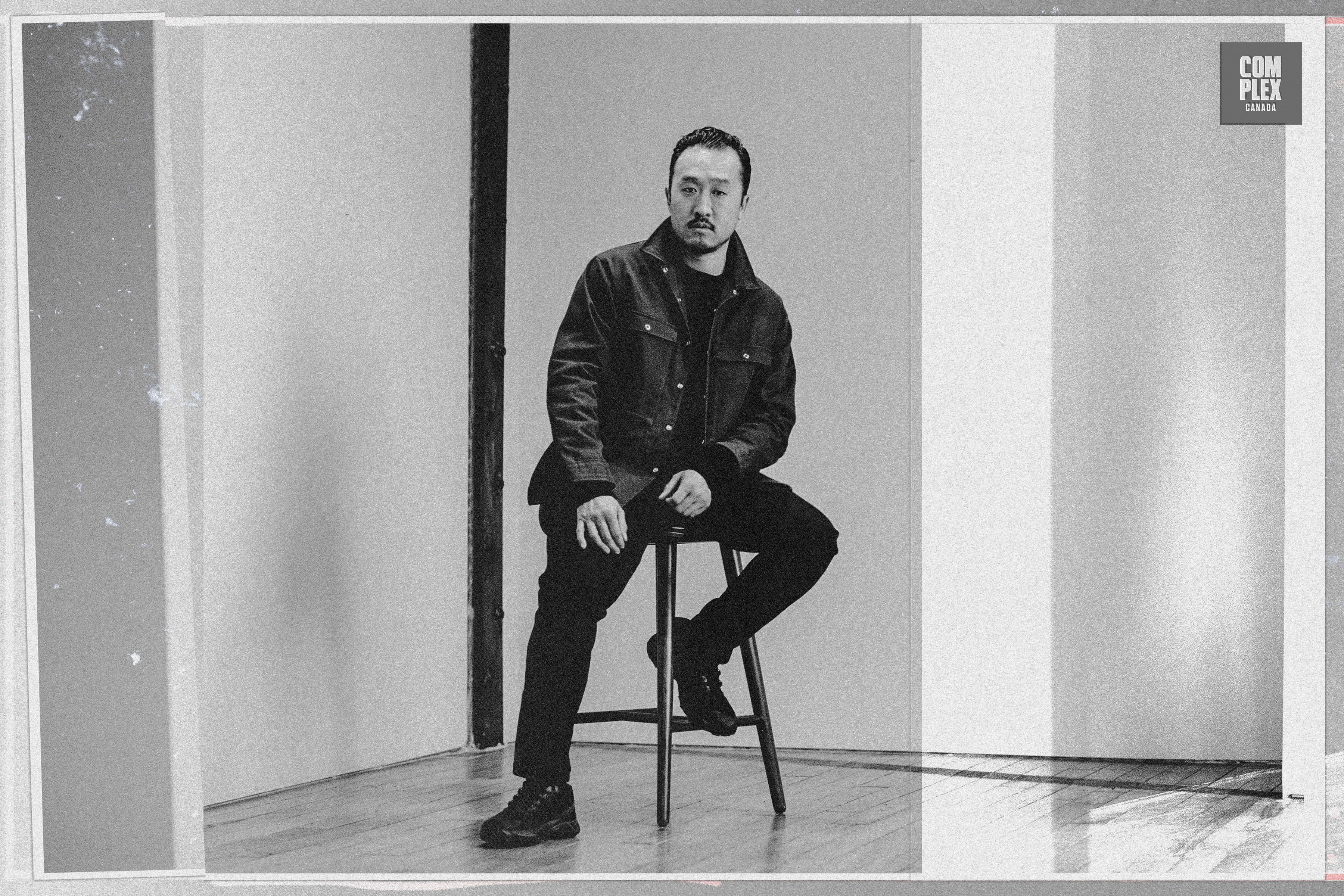
Based in Toronto and the photographer of choice for some of the biggest artists in town, Wong aspires, he says, to be “a part of the cultural fabric of the city,” a chronicler of a unique—and uniquely important—time and place. For him, it’s all about capturing what’s going on. And what’s going on right now is amazing. “Toronto has become a cultural hub for the world, like London in the 1960s,” he says. “I want to tell that story—but not my own story. I don’t like the spotlight much. I prefer to be slightly invisible.” There’s so much happening here, in sports, in the arts, in fashion, in music. Wong is right there to shoot it.
“I’ve been blessed with making so many incredible connections with so many artists in this city and it really has made Toronto world-class over the past decade,” he explains. “Toronto has this insecurity about itself. It’s hated across the country and it’s small compared to other major world cities. The music we export has helped with that confidence immensely.”
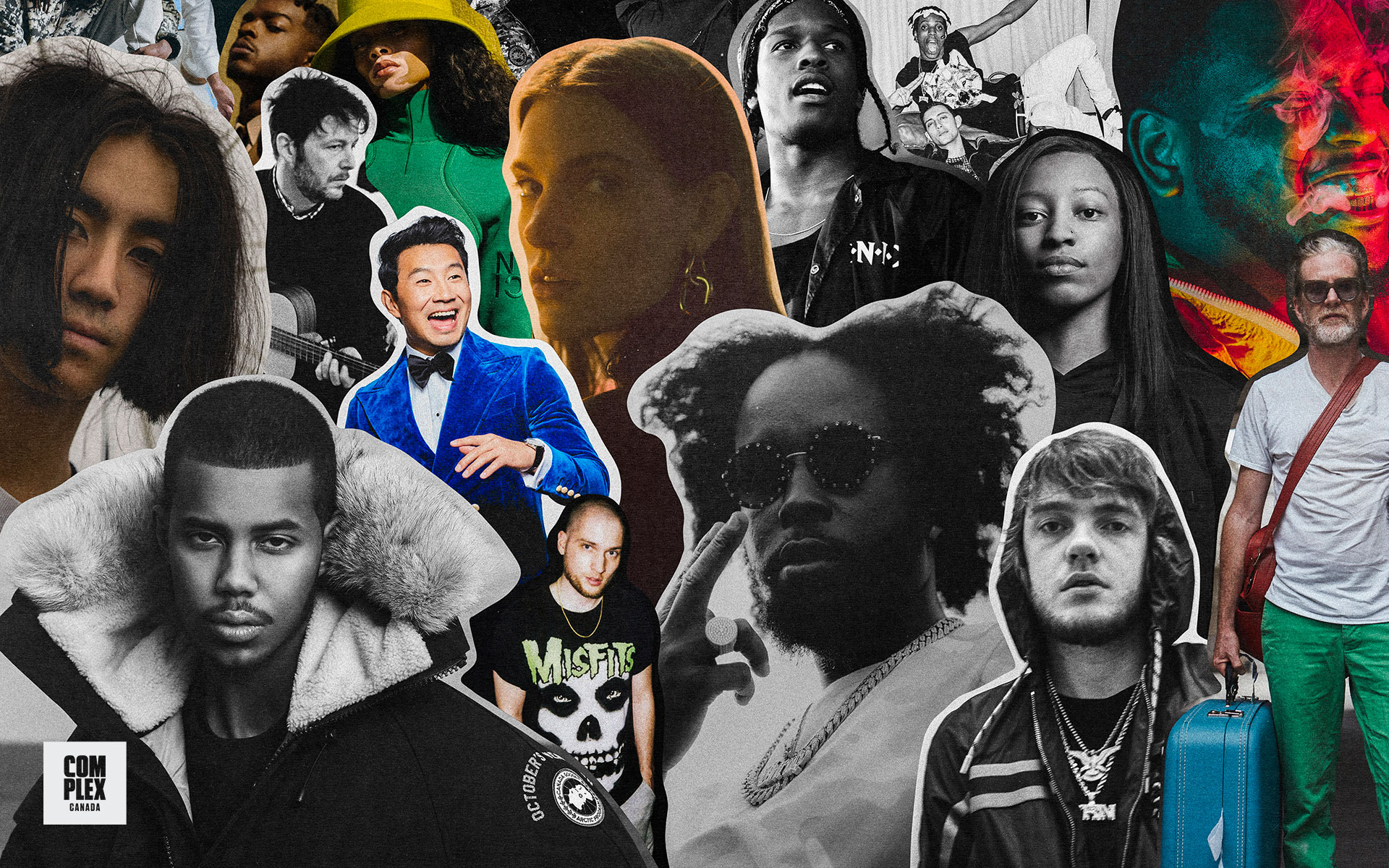
When I got on the phone with Wong, on a recent Friday afternoon, the first thing he wanted to talk about was movies. He knew I sometimes worked as a film critic; did I like the French New Wave and Eric Rohmer, and the Korean filmmaker Hong Sang-soo? It begged the question: If Wong was such an avid cinephile, why wasn’t he making films? “Originally I always wanted to get into filmmaking, but I purposely turned away from it,” he says. “Photography as a life is better-suited to my personality. If I’m making movies, I’d be sitting on my ass all day trying to write, and I’m a terrible, terrible writer. I’m not Ang Lee. So instead I gave up filmmaking and did photography—although recently I have started dipping my toes into some directing.”
Wong came up as a photographer in the early to mid 2000s, and from the start his career, he explains, “was all about indie rock.” Toronto, at the time, was in the middle of an indie rock boom: Feist, Metric, and Broken Social Scene, among others, were blowing up like crazy, and Wong managed to get in on the ground floor, following bands around “like the kid from Almost Famous,” as he puts it. “The first thing I ever did as a photographer professionally was the Live 8 benefit,” he remembers. By his own admission “not a music nerd,” he was bewildered to find himself on stage shooting the likes of Motley Crue and Neil Young. He laughs to think of it now. “It was pretty fucked.”
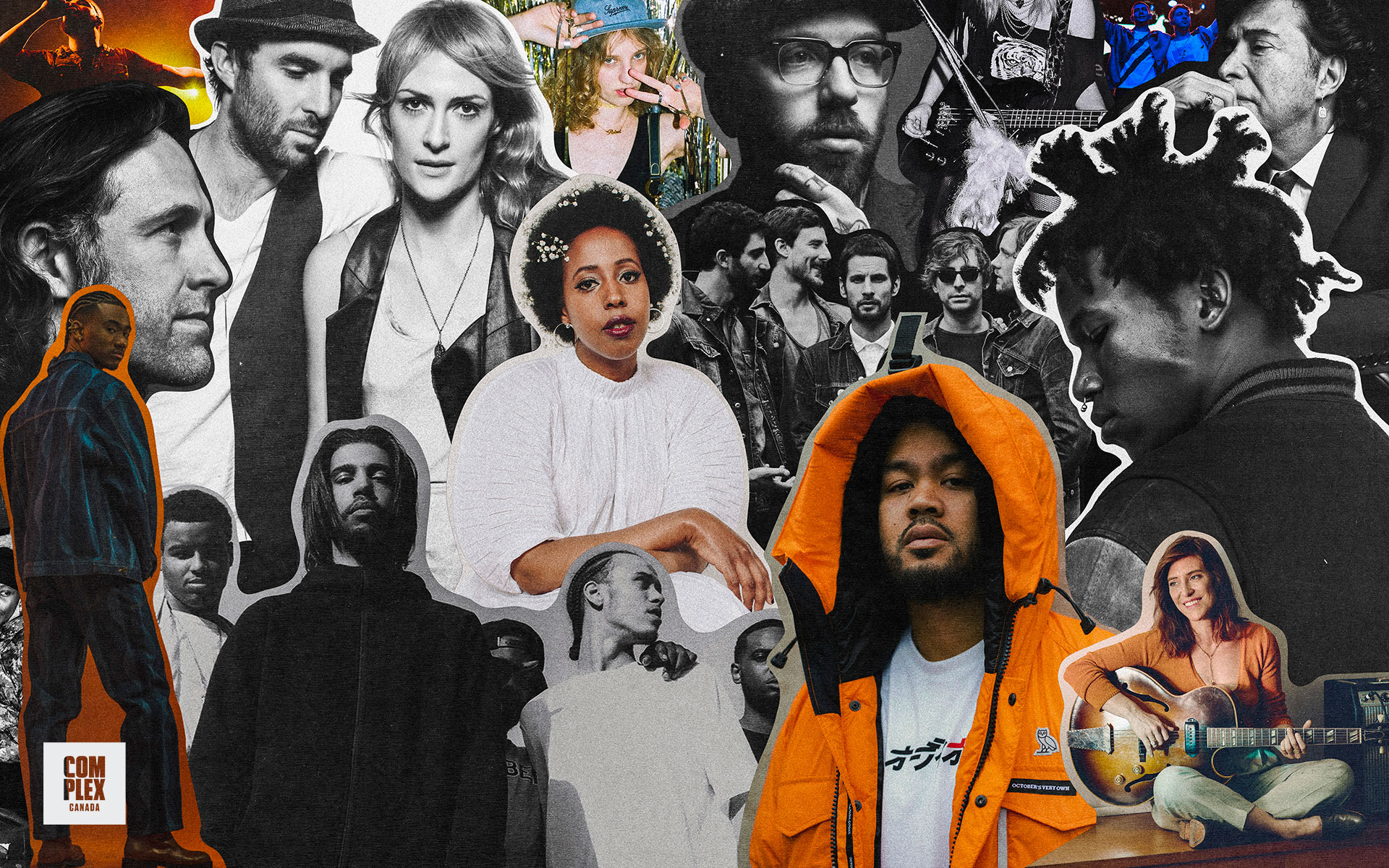
In 2011, a friend of Norman’s, the cinematographer Anthony Von Seck, was working on a project on behalf of Drake, which Drake himself had commissioned on the strength of a doc Seck had made about boxing. The project ultimately never came to fruition, but Seck brought Wong on for a while as the official on-set still photographer. “That was how I met Oliver and 40 and all those guys,” he explains. “But I didn’t see them for a long time after that.” Still, it would turn out to be a pivotal moment in his career. And it wouldn’t the last Wong would see of the OVO crew.
Years later, Wong produced a short documentary for Vice about the secretive world of suburban street racing in Toronto. Oliver got wind of it, and he admired Wong’s work elsewhere in the Toronto creative community. The result was a monumental opportunity: he invited Wong to shoot Drake for what would become the instantly iconic cover art for Drake’s album Scorpion. The moody, high-contrast black-and-white photo has emerged as one of the most striking hip-hop album covers in recent memory—truly an indelible image. And as celebrity portraiture goes, it doesn’t really get any bigger.
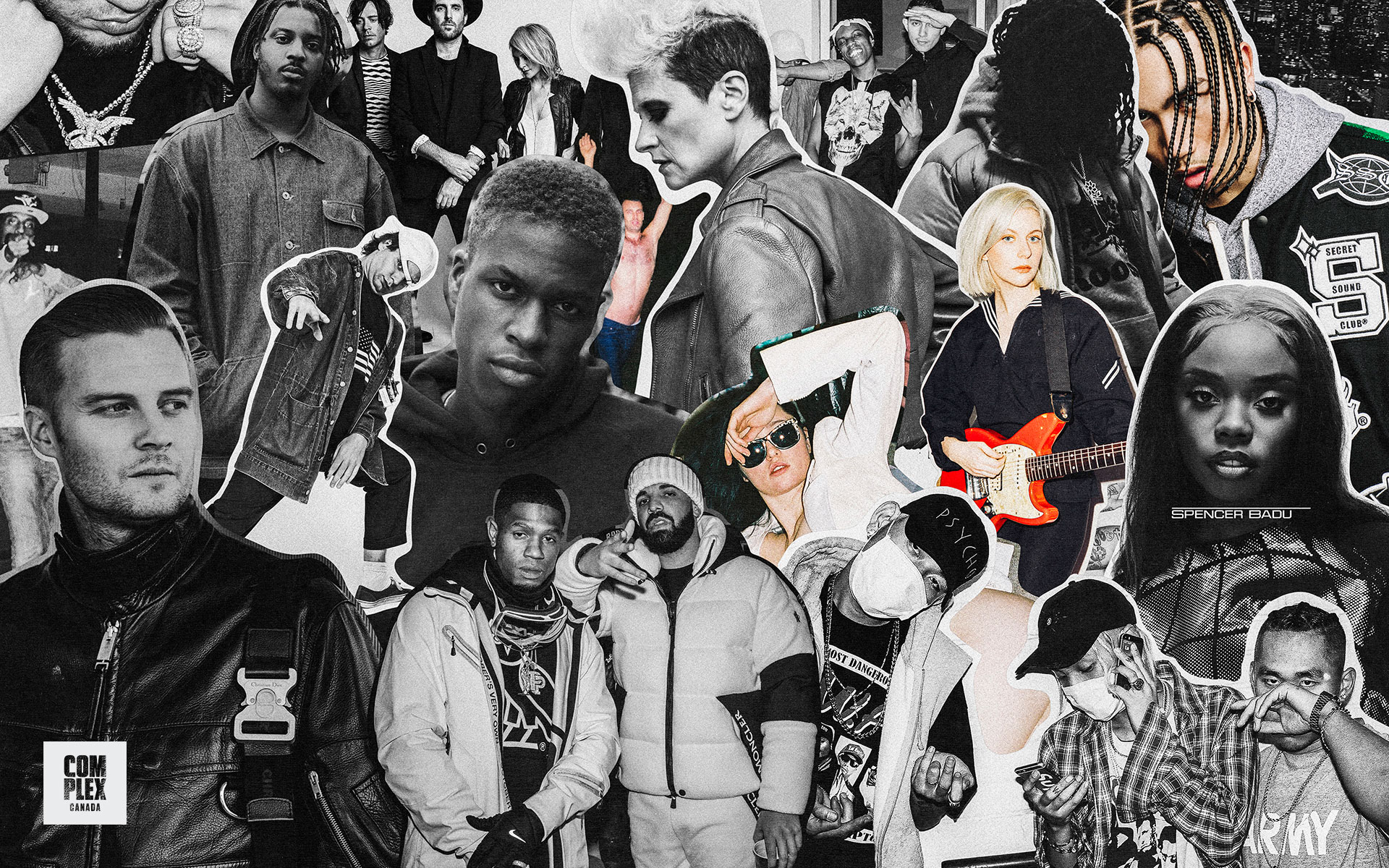
What was the impact of shooting a Drake album cover? To hear Wong tell it, not much. “It’s funny, because I thought at the time, you shoot a Drake album cover and things will be crazy, but it wasn’t like that,” he says. “It was nothing. It was just chill.” What was important was the professional relationship that was established. Wong is in deep with the OVO crew today: He’s traveled to Tokyo for OVO events, worked closely with OVO Sound’s Majid Jordan since the beginning of their career.
“It was the diversity that stood out to me,” Wong says about working with the duo. “That crew was the most diverse team I’ve worked with and that truly felt like Toronto to me. It was exciting to work with those guys right when I felt Toronto really hit a cord in terms of its sound. I think Drake’s album Views really captured that moment. Summer 2016 was a great moment for Toronto music and it felt like OVO was a good reason for that.”

More recently, Wong shot the Nocta campaign for Drake’s new line of streetwear with Nike. As for the man himself, he’s quick to point out that while they work together well, they’re not exactly close. “It’s not like I’m best friends with him,” he says.
Canada’s music scene has certainly undergone quite a metamorphosis over the last two decades. In the early aughts, sprawling indie-rock collectives defined the sounds of major Canadian cities. Now, hip-hop and R&B do. Wong has been there to capture it all. “It’s wild to have been so involved with the music scene on polar opposite ends of the spectrum,” he says. “From organic lattes and bicycles to Hennessy and Bugattis—it’s been an incredible journey to be a part of. To see what those artists did to open doors and inspire everyone around them is incredible to watch.”

Though he’s primarily based in Toronto, Wong has helped capture the scenes in other parts of the country as well. He’s especially had his eyes locked on the 514. “Toronto and Montreal are like musical siblings. Different sounds and feelings, but they’re both world class music hubs,” he says. There’s one artist he’s been watching in particular. “I really feel like Skiifall from Montreal will be making a very big wave. What he is doing now is only the beginning. I’m excited to see what he produces in the coming years.”
Wong’s work continues to be ubiquitous. He’s still shooting celebs, from Kevin Hart to Snoop Dogg to Twitter founder Jack Dorsey. But doing a little bit of everything is the only way Wong knows how to do it. “In Europe, you get these photographers with a clear vision and voice, and I envy that,” he says. “I never have a game plan. I never know exactly where I’m going to be. I find I have to be kind of a chameleon.” The ethos has certainly made Wong versatile—and has made it as likely for his work to be plastered across a billboard as to be featured in a serious gallery. The diversity of styles is what’s made him so ubiquitous Toronto- and Canada-wide. “I’ve come across so many situations,” he says. “And I can facilitate whatever the situation is.”
Toronto Alt-Pop Artist Aiko Tomi’s Animal Awakening
